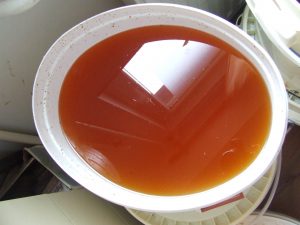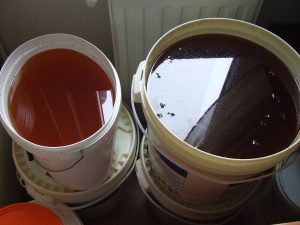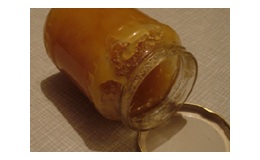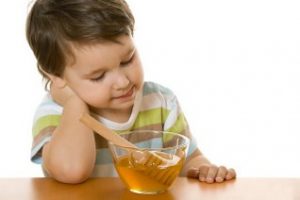A few words about the ‘Soldatović’ Estate
Honey is a sweet, thick substance produced by bees from the floral nectar of melliferous plants. Bees sometimes fly even three kilometres to reach flowers and add their ferments and other substances. To produce one kilogram of honey, adult bees make 80,000 to 100,000 flights and visit 2,000,000 flowers. Bee honey is one of the most important victuals, with an exceptionally high content of numerous nutrients, ensuring normal function of muscles and heart, nervous and endocrine system, boosting immunity system and improving resistance to infections. Because of its exceptional properties, easy digestion and direct transfer from the stomach into the blood, one teaspoon of honey diluted in lukewarm water is recommended every morning before meal, cigarette or coffee, as well as before going to bed. It is especially recommended for children and elderly persons, as well as in case of a heavy physical strain. A regular consumption of honey enables a better-quality and longer life.


Candied Honey
A characteristic of any natural honey is to become crystallised sooner or later. When changing its aggregate state, honey still preserves its nutrient and therapeutic characteristics without change of composition, which is a scientifically proven fact. By heating honey in a container filled with water at the temperature not exceeding 40 degrees Celsius, it converts back into a liquid state, without losing any of its properties.
If it agrees with you, it is much better to use honey in a crystallised state, especially when the crystals are fine and small. Some types of honey (sunflower, rape) become crystallised 10-15 days after the extraction, while other types, (acacia), remain liquid even for one year. The rate of crystallisation depends on the proportion of the glucose and fructose in honey. The more glucose in honey, the more rapid crystallisation is, and vice versa.

Several Other Honey Properties
The specific weight of average honey (with 18% moisture) is 1.424 kg/l, which makes honey nearly 50% heavier than water. This is the reason why one kilogram of honey can be placed in a 720ml jar. The less moisture in honey, the larger its specific weight is. The higher the density and the lower the temperature of honey, the higher its viscosity is. For honey that is dense and flows slowly, we say that it has a high viscosity. If fructose prevails over glucose in honey, honey is sweeter. The colour, taste and aroma of honey depend on the type of melliferous plants from which the floral nectar originates. The light types of honey (acacia) are usually of milder taste, while the darker types, (clover, forest), are usually of stronger aroma and bitter taste, because of essential oils they contain.
Honey Consumption
If we adhered to the saying ‘honey nourishes and defends against many diseases’, we would spend far less time in waiting rooms of medical centres. Experts say that we should daily consume as many grams of honey as we have kilograms, distributed in two or three doses. It is best to take honey 15-30 minutes before meals with lukewarm water or tea, or to place it under the tongue to melt. When consumed before sleeping, it is better to mix a spoonful of honey with lukewarm milk. To prevent exceeding the allowed dose, it should be known that one spoonful contains 28-30 grams of honey, while a teaspoon has about 15 grams.

Honey Overdosing
Exceeding a recommended daily dose of honey, or taking a double dose or more, can lead to serious complications. Honey is a highly-carbohydrate component and releases high temperature, and for that reason, the effect of ‘overdosing’ can result in high temperature, cardiac arrhythmia, sickness, vomiting and diarrhea. Health problems usually disappear after two or three hours, once the consumed honey is digested.
Honey Quality Check
If you want to check the quality of honey you buy, you do not have to be especially trained for that. It is sufficient to take honey with a dipper and follow the ooze created when honey drops down. Unlike fruit syrup, which in the final stage falls down in drops, the honey ooze never breaks down, but only becomes thinner. Another difference is that syrup falls down from a dipper in a straight line, while honey makes cascades. The fact that the vendors sometimes try to lure customers by turning over a jar is more of a gimmick and bears no relation to the quality of honey – says Dr Mića Mladenović. It only indicates how much water honey contains. The rulebook says it can contain from 16-20% of water, and when the ooze flows slower, it means that honey has slightly less water.
How honey can go off
Honey can go off if it is inadequately closed. Honey is hygroscopic, it absorbs moisture and it can become diluted in the surface layer. In that case, the process of quiet fermentation begins, which means that honey can go sour. Scent changes and foam appears on the surface of such honey, but if that happens, it is sufficient to remove the surface layer, while the remaining part can be consumed.
